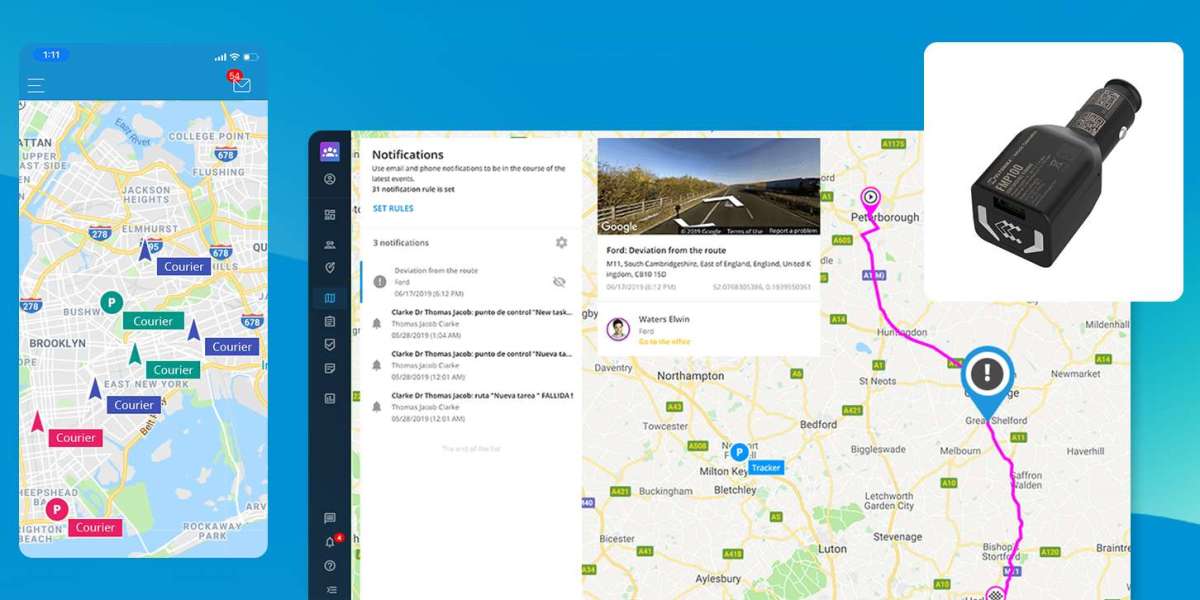In the realm of modern culinary wizardry, pressure cookers reign supreme as the unsung heroes of efficiency, slashing cooking times and infusing flavours with unrivalled intensity. But amidst the plethora of options available, one question looms large: Should you opt for the classic stovetop pressure cooker or embrace the convenience of its electric counterpart? Join me as we embark on a culinary showdown, exploring the differences between stovetop and electric pressure cookers to help you make an informed decision. From cooking capabilities to convenience and price considerations, let's unravel the mysteries of these kitchen essentials.
Speed and Efficiency
When it comes to speed, both stovetop and electric pressure cookers excel at reducing cooking times compared to traditional methods. However, stovetop pressure cookers often have the edge in terms of rapid heating and pressure buildup, thanks to the direct heat from the stove burner. With their ability to reach higher pressures and temperatures more quickly, stovetop models are ideal for time-sensitive recipes and last-minute meal preparations. On the other hand, electric pressure cookers require a longer preheating time to reach optimal pressure, which may slightly extend the overall cooking duration. While the difference in speed may be negligible for some, those seeking lightning-fast results may lean towards the stovetop option.
Versatility and Cooking Programmes
Electric pressure cookers shine in the realm of versatility, offering a diverse array of cooking programmes and preset functions to suit a wide range of recipes. From sautéing and slow cooking to yoghurt making and cake baking, electric models are equipped with multifunctionality that caters to various culinary preferences. Additionally, electric pressure cookers often feature digital displays and intuitive controls, allowing users to adjust settings with precision and monitor cooking progress effortlessly. Stovetop pressure cookers, while lacking preset programmes, offer greater flexibility in terms of manual control over cooking temperatures and pressure levels, enabling seasoned chefs to fine-tune their culinary creations according to personal preferences. Whether you prioritise convenience or customisation, the choice between electric and stovetop models ultimately depends on your cooking style and preferences.
Safety Features and Ease of Use
When it comes to safety, both stovetop and electric pressure cookers are equipped with essential mechanisms to prevent accidents and ensure peace of mind during cooking. Stovetop models typically feature spring-loaded pressure release valves and locking lids that secure tightly during operation, preventing steam leaks and pressure buildup. Electric pressure cookers, on the other hand, boast additional safety features such as automatic pressure release and lid-locking sensors, minimising the risk of user error and ensuring foolproof operation. While electric models offer convenience and peace of mind with their set-and-forget functionality, some users may prefer the tactile feedback and hands-on control afforded by stovetop pressure cookers. Ultimately, both options provide reliable safety measures that prioritise user well-being.
Size and capacity
Another key consideration when choosing between stovetop and electric pressure cookers is their size and capacity. Stovetop models typically come in a range of sizes, from compact options suitable for individuals or small families to larger models capable of accommodating larger meals or batch cooking. The size of your stovetop pressure cooker will depend on your household's needs and the quantity of food you typically prepare. On the other hand, electric pressure cookers often have fixed capacities determined by their design, with options available to suit various household sizes. It's essential to assess your cooking requirements and select a pressure cooker size that fits seamlessly into your kitchen and lifestyle.
Price Considerations
When it comes to price, stovetop pressure cookers often have the upper hand in terms of affordability, with entry-level models available at relatively lower price points compared to their electric counterparts. However, it's essential to consider the long-term cost implications, including energy consumption and maintenance expenses. Electric pressure cookers may consume more energy due to their reliance on electricity, potentially leading to higher utility bills over time. Additionally, electric models may require occasional maintenance or replacement of electronic components, adding to the overall cost of ownership. Conversely, stovetop pressure cookers have minimal ongoing expenses and are built to last, offering excellent value for budget-conscious consumers in the long run. When weighing price considerations, it's essential to balance upfront costs with long-term savings and consider your budgetary constraints accordingly.
Conclusion
In the timeless debate between stovetop and electric pressure cookers, there's no one-size-fits-all solution; it all boils down to your cooking preferences, lifestyle, and budgetary considerations. Whether you prioritise speed and efficiency, versatility and convenience, or affordability and durability, both stovetop and electric models offer unique advantages that cater to different culinary needs. So whether you're simmering soups, braising meats, or whipping up delectable desserts, choose the pressure cooker that aligns with your culinary aspirations and elevates your cooking experience to new heights. Happy cooking, and may your culinary adventures be filled with flavour, flair, and endless delight!









